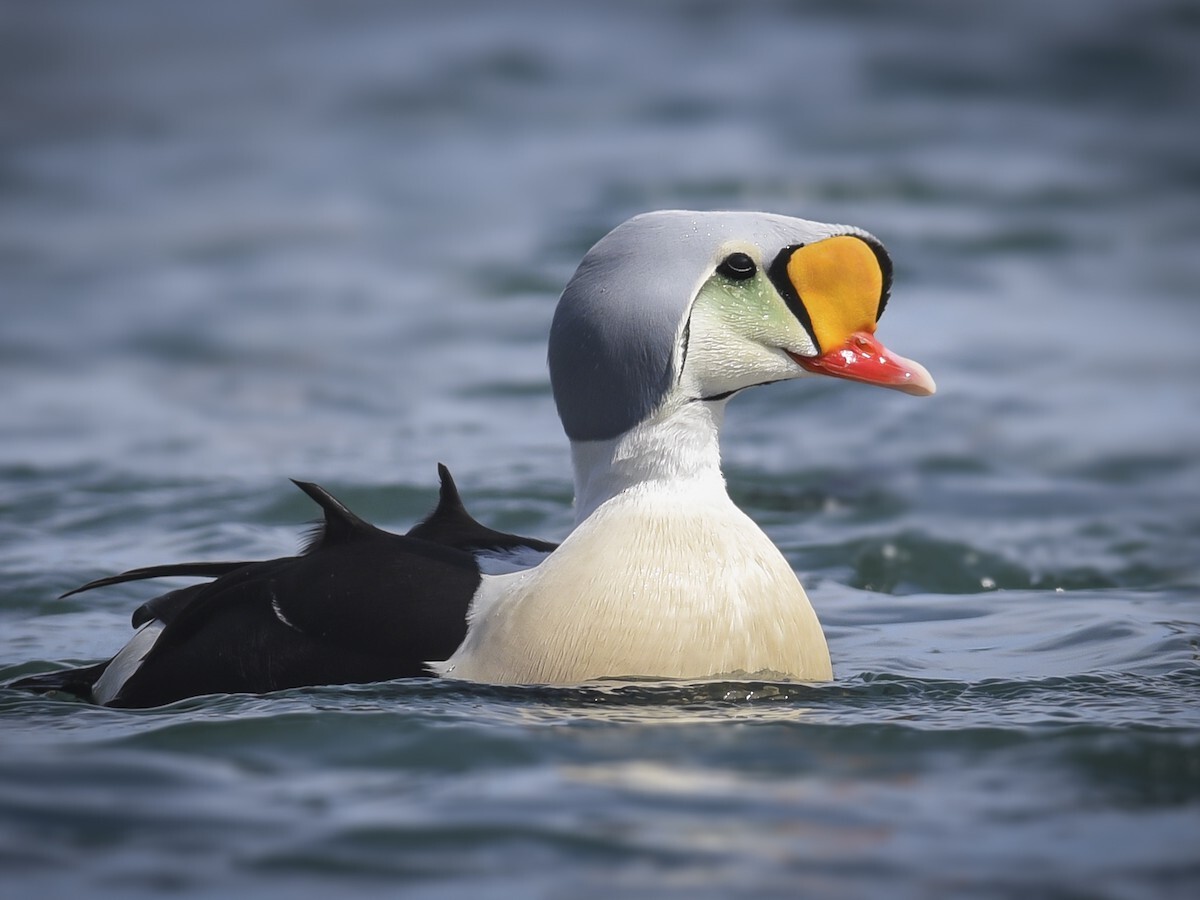Mysteries Of Arctic Eider Duck Estuaries

Have you ever wondered about the mysteries of Arctic Eider Duck estuaries? These unique habitats are home to one of the most fascinating birds in the world. Eider ducks, known for their soft down feathers, rely on these estuaries for breeding and feeding. The Arctic environment presents challenges, but these ducks have adapted in remarkable ways. From their nesting habits to their migration patterns, every aspect of their life is a testament to survival. Understanding these estuaries not only gives insight into the ducks' lives but also highlights the importance of preserving these fragile ecosystems. Join us as we delve into the world of Arctic Eider Duck estuaries.
Mysteries of Arctic Eider Duck Estuaries
The Arctic is a land of extremes, where the sun never sets in summer and never rises in winter. Among its many wonders, the estuaries where Eider Ducks gather stand out. These unique habitats are teeming with life and hold secrets waiting to be uncovered.
What Makes Arctic Eider Duck Estuaries Special?
Eider Duck estuaries in the Arctic are not just any wetlands. They are vibrant ecosystems that support a wide range of species. The ducks themselves are fascinating, with their thick down feathers and unique behaviors.
Hudson Bay, Canada: This vast inland sea is home to numerous Eider Duck colonies. The estuaries here provide a rich feeding ground for these birds, thanks to the abundance of mussels and other shellfish.
Svalbard, Norway: Located high in the Arctic Circle, Svalbard's estuaries are a haven for Eider Ducks. The remote location means fewer predators, allowing the ducks to thrive.
Greenland's West Coast: The estuaries along Greenland's west coast are crucial for Eider Ducks during their breeding season. The mix of fresh and saltwater creates an ideal environment for raising ducklings.
Unique Behaviors of Eider Ducks in Estuaries
Eider Ducks exhibit some fascinating behaviors, especially in their estuarine habitats. These behaviors are often adaptations to the harsh Arctic environment.
Nesting in Large Colonies: Eider Ducks often nest in large colonies, which provides protection from predators. This communal nesting is particularly evident in places like Iceland's estuaries.
Diving for Food: Unlike many other ducks, Eiders are excellent divers. They can plunge deep into the water to catch their prey, a skill that is essential in the nutrient-rich estuaries of the Arctic.
Using Down Feathers for Insulation: Eider Ducks are famous for their down feathers, which they use to line their nests. This down is incredibly insulating, helping to keep their eggs warm in the chilly Arctic climate.
Challenges Facing Arctic Eider Duck Estuaries
Despite their resilience, Eider Duck estuaries face numerous challenges. Climate change, pollution, and human activity all pose threats to these delicate ecosystems.
Melting Ice Caps: The melting of Arctic ice caps is altering the estuarine environments, affecting the availability of food and nesting sites for Eider Ducks.
Oil Spills: Oil spills in the Arctic can have devastating effects on Eider Duck populations. The oil contaminates their feathers, reducing their insulating properties and making it difficult for the ducks to stay warm.
Overfishing: Overfishing in Arctic waters can deplete the food sources that Eider Ducks rely on. This is particularly problematic in areas like the Bering Sea, where commercial fishing is intense.
Conservation Efforts for Eider Duck Estuaries
Efforts are being made to protect these vital habitats and ensure the survival of Eider Ducks. Conservationists are working tirelessly to address the threats and preserve these unique ecosystems.
Protected Areas: Establishing protected areas in key estuaries can help safeguard Eider Duck populations. For example, parts of the Hudson Bay have been designated as protected zones.
Pollution Control: Reducing pollution, particularly oil spills, is crucial for the health of Eider Duck estuaries. Stricter regulations and better response strategies are needed to prevent and mitigate spills.
Sustainable Fishing Practices: Implementing sustainable fishing practices can help ensure that Eider Ducks have enough food. This includes setting quotas and protecting critical feeding grounds from overfishing.
Arctic Eider Duck Estuaries: A Natural Wonder
Arctic Eider Duck estuaries are truly fascinating. These unique habitats offer a glimpse into the lives of these remarkable birds. The estuaries provide essential resources like food and shelter, making them crucial for the survival of Eider Ducks. Observing their behavior and migration patterns can be a rewarding experience for nature enthusiasts.
Protecting these estuaries is vital. Human activities and climate change pose significant threats to these delicate ecosystems. Conservation efforts are necessary to ensure that Eider Ducks continue to thrive in their natural habitats.
Visiting an Arctic Eider Duck estuary can be an unforgettable adventure. The stunning landscapes and diverse wildlife make it a must-see destination for anyone interested in nature. So, next time you plan a trip, consider exploring one of these incredible estuaries. You'll gain a deeper appreciation for the beauty and complexity of our natural world.

